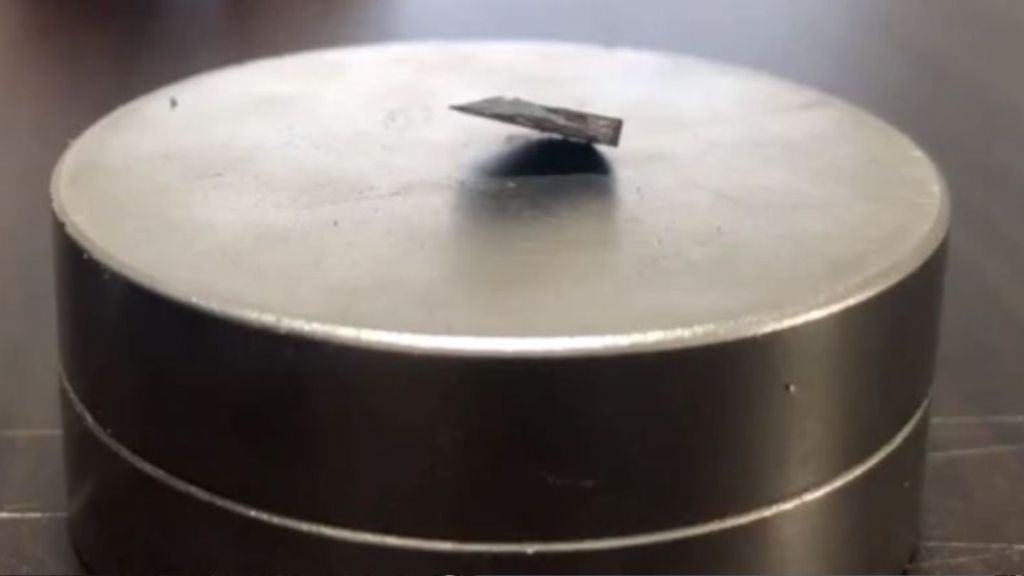It all started in May, when a paper titled “The conceptual penis as a social construct,” was published in the peer-reviewed journal Cogent Social Sciences.
The way scientific papers are reviewed and published is far from flawless, a fact that’s been highlighted recently with the publication of this hoax study about penises. But at the heart of this story are two dudes setting out to try and discredit the field of gender studies, and celebrating their only half-successful attempt.
Videos by VICE
The 3,000-word “paper” is dense and winding, and argues that the penis is better thought of a social construct than an actual anatomical body part. It goes on to state that if we shift our societal understanding of the penis, we could better combat climate change.
“Toxic hypermasculinity derives its significance directly from the conceptual penis and applies itself to supporting neocapitalist materialism, which is a fundamental driver of climate change,” the authors wrote.
It this feels like it doesn’t make a whole lot of sense, that’s because it wasn’t supposed to. The authors Peter Boyle and Jamie Lindsay were actually pseudonyms for Peter Boghossian and James Lindsay, two skeptic, atheist, shitdisturbers with backgrounds in philosophy and mathematics, respectively.
After publication Boghossian and Lindsay published a confessional in Skeptic magazine stating that they intentionally wrote a barely-coherent argument in an effort to bring a critical lens to both pay-to-publish journals and the field of gender studies.
“Part of the fault may fall on the open-access, pay-to-publish model, but the rest falls on the entire academic enterprise collectively referred to as ‘gender studies,’” the authors wrote. “As we see it, gender studies in its current form needs to do some serious housecleaning.”
Less than a week later, the journal replaced the paper with a statement saying that the problem wasn’t with gender studies as a whole, but with a specific error in peer review this one time. The paper has since been retracted.
Typically, peer-reviewed journals have studies checked out by experts in the field. They review the material and interrogate it, offering suggestions for improvements, asking questions, or calling out errors. With this paper, the journal said the problem was the peer “experts” didn’t know enough about the subject at hand.
“On investigation, although the two reviewers had relevant research interests, their expertise did not fully align with this subject matter and we do not believe that they were the right choice to review this paper,” Emma Greenwood, associate editorial director for Cogent Open Access, wrote.
Boghossian and Lindsay were skeptical of this explanation, telling Retraction Watch that it seemed “far-fetched,” and that their paper still stood as an effective takedown of the field of gender studies.
“Our hoax rightly drew a great deal of attention to gender and critical studies scholarship because, as a satire, if nothing else, it says something about the quality of that scholarship,” Lindsay said.
But other scientists have come to the defense of the field of gender studies, pointing out that flawed, weak, or incorrect papers get published in practically all disciplines, including medicine and math. The journal in question also isn’t as well-regarded as Boghossian and Lindsay claimed, meaning the larger issue may lie with predatory, pay-for-publication, open access journals which charge authors a fee to publish material, creative a clear conflict of interest. This problem has long been identified and expands far beyond gender or social sciences.
And as the response built, it became clear that the hoaxsters had a particular axe to grind with gender studies, who have previously called for entire departments to be defunded. The link to climate change also made the prank popular with climate change deniers, raising more eyebrows about the actual aim of the hoax.
In the end, many critics have concluded that the prank only served to discredit the skeptic community, rather than the gender studies field. It’s likely the truth lies somewhere in the middle: pay-for-pay publishers are problematic, gender studies aren’t immune, and even skeptics can get caught up in their own narrative from time to time.
Like hoaxes getting debunked by real science? Check out our podcast, Science Solved It




